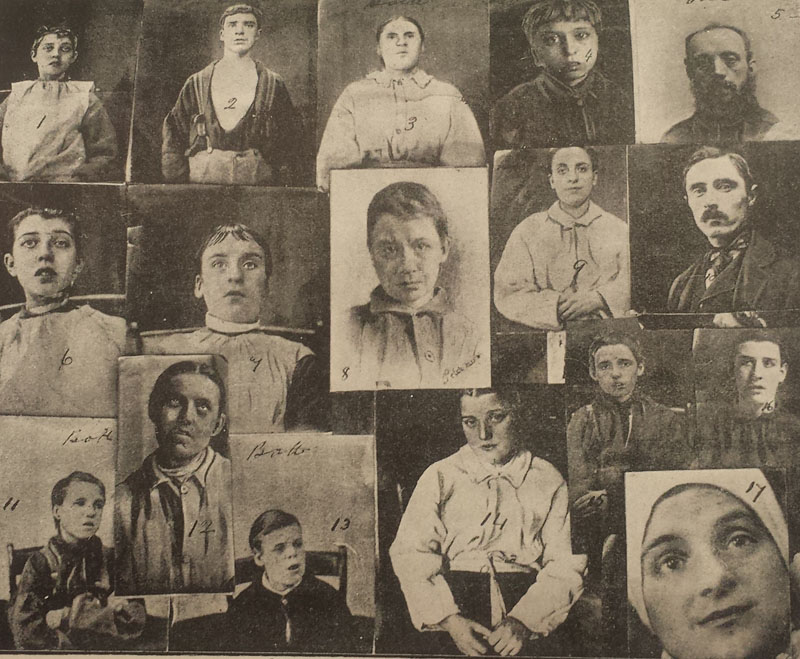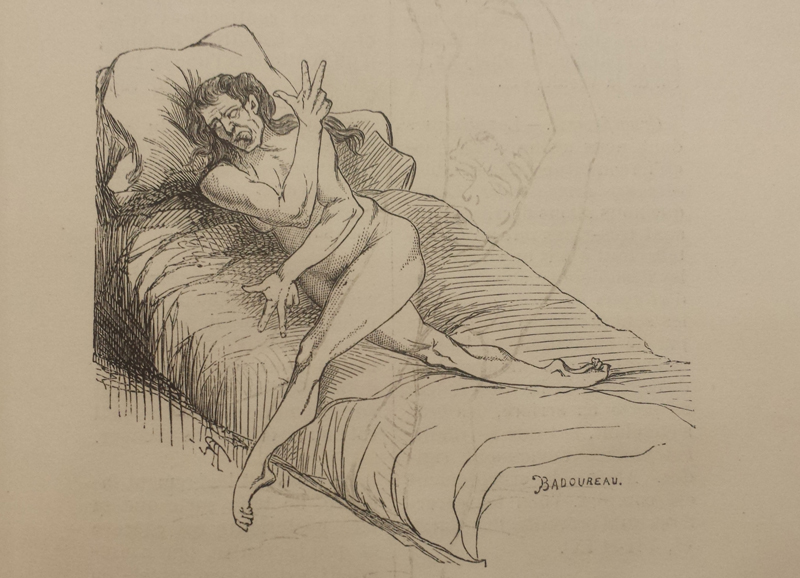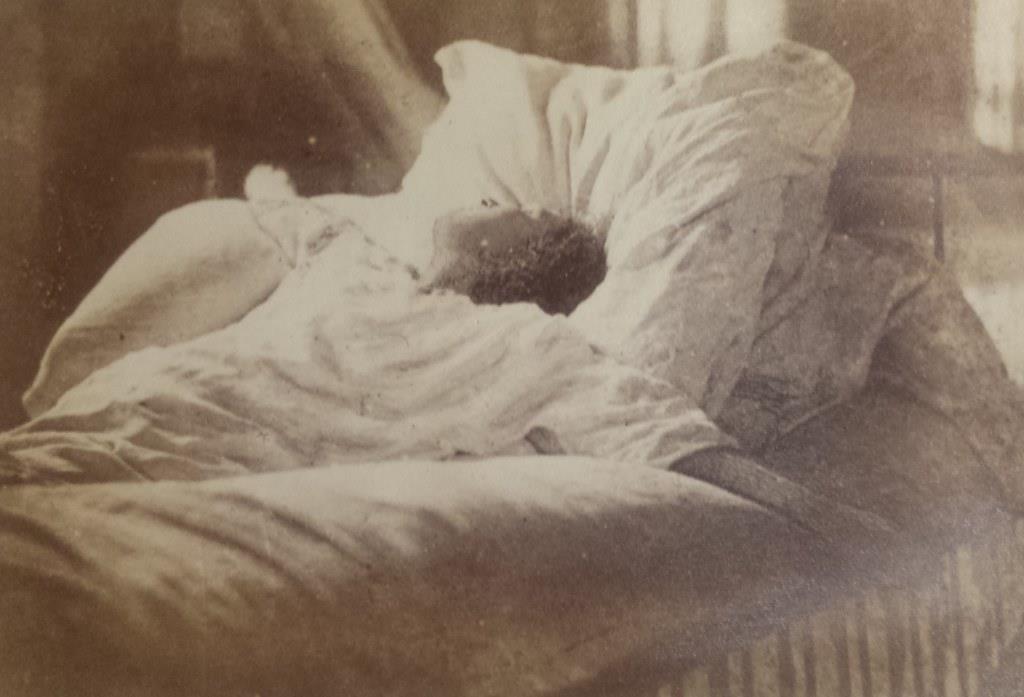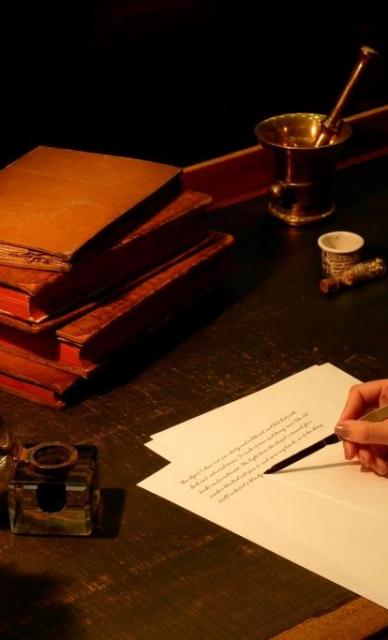Physicians' Gallery Newsletter
Updates on upcoming events, exhibitions and online stories
Empowering medical excellence, shaping healthcare futures.
William Alexander worked as a surgeon in Liverpool’s Royal Southern Hospital and the Brownlow Hill workhouse infirmary, where he became interested in epilepsy. In this book Alexander described the stigmatised lives of the poor with epilepsy and criticised the use of bromide in their treatment.
Alexander was the first to attempt the treatment of epilepsy by surgery, by removing the superior cervical ganglia and by ligature of the vertebral arteries. He later realised that his surgery offered only temporary improvement and stopped performing it.
He concluded that a communal country life would be best for his patients and founded a home for epileptics in the Manor House, Maghull, in 1888.

This picture shows a selection of the patients with epilepsy who were treated by Alexander.
This collection of texts and photographs shows the patients of Dr Jean-Martin Charcot at the Salpêtrière hospital and asylum. Charcot was a celebrated French neurologist and one of the founders of modern neurology. At the time when there was confusion over the distinction between hysteria and epilepsy, Charcot coined a new term ‘hystero-epilepsy’.

Iconographie was published in 3 volumes from 1876 to 1877. The photographs showed women in various stages of hystero-epilepsy and were accompanied by the detailed descriptions of the cases and their progression.

Photograph titled 'Attaque: Crucifiement (1875)'

Updates on upcoming events, exhibitions and online stories